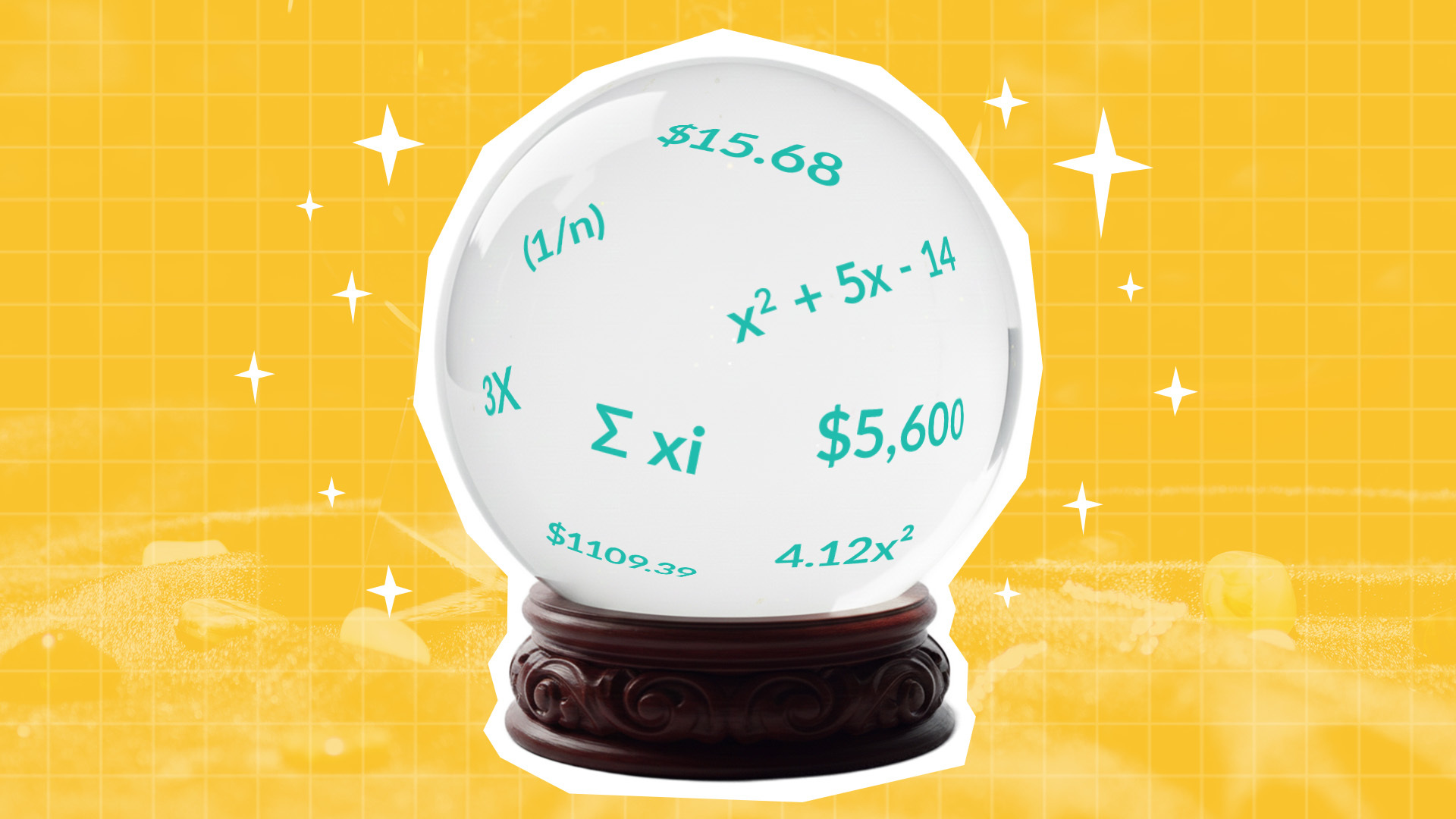
Remember “The Golden Age of Data-Driven Fundraising”?
The period between 1983 and 2008 was quite something. If you did the right things, fundraising was like fishing in an incredibly well-stocked pond. Cast out, reel in. Cast out, reel in. Bask in the glory of your board’s adoration.
It’s no mystery why this was the case. Consider these four factors of the Golden Age:
People: The Jesus Movement comes of age. Their giving was an act of cheerful duty, not an option to question.
Economy: With a few momentary exceptions (ahem, “irrational exuberance”…), this was a time of sustained economic growth. People had (cue: hip-hop intonation) “cash money.”
Technology: Databases, marketing analytics, and direct-response operations were all new, ascendant, and rapidly improving while still far from ubiquitous. So nearly every nonprofit could rapidly establish and profitably grow a single gift fundraising program.
Leadership: Fearless business leaders — like Tom Pratt at Prison Fellowship and Rich Stearns and Atul Tandon at World Vision — built fresh, new programs that people loved. Such innovators commonly tripled their organizations’ impact within a decade.
It was a fun time to be a fundraiser.
I know because I led data-driven fundraising for a large ministry at the time!
But what have we seen since 2008?
People are more skeptical about faith, the Church, and their requirement to give.
The economy has been a roller coaster — and not the fun kind.
Where technology hasn’t become merely ubiquitous — every organization having roughly the same capabilities — it’s become dramatically and suddenly less useful (Apple and Facebook, I’m looking at you).
And, sure, there are bold leaders out there (like y’all in the Illumination Community!) but, between boards and C-suites, the good intentions for stewardship can drift into fearfulness.
It’s for these macro reasons that we see many organizations enduring stagnation in donations, volunteers, and impact for the last decade.
What about 2020 and 2021?
Yes, true, there was the COVID bump.
Fundraising-wise, those were a lovely couple of years weren’t they?
People, stuck at home and feeling empathetic amidst the universal pandemic fears, were awfully generous.
Economically, we were invisibly declining, but that truth was easy to miss when government checks in the mailbox made many people feel that they had more disposable income than usual.
Technologically, there was a perfect fit between “digital everything” and the need to stay home. Digital fundraising exploded.
Leaders, at least most of them, bucked calls to stop fundraising and seized the moment. More than a few boldly sought additional investment from their boards.
Boy those were a fun two years. For two sweet years, that old Golden Age was back.
But growth-via-pandemic is neither a repeatable nor sustainable growth strategy.
So we all find ourselves back to the state of things circa 2019.
Great experiences matter more than ever
What does it all mean?
It means we need to change in a lot of ways. It’s not that we’re doing bad things or the wrong things. It’s that there’s such a wonderful variety of fresh opportunities we can bring alongside the more traditional approaches to reenchant donors with their favorite ministries.
We must start learning to think of our donors as multi-sensory humans and appeal to their loves, imaginations, and hopes through all sorts of creative media, experiences, and encounters.
There’s a lot here. And a lot to do.
This is why I’ve been thinking A LOT about what successful, forward-leaning organizations will be doing in the year 2030. I am convinced that the most successful and attractive Christian nonprofits of 2030 will be intensely focused on audience experience development.
How do such organizations start taking steps now, so that their experience development practices have the needed maturity by 2030?
A very reasonable place to start for most organizations is the sustainer program.
We must start considering sustainer the core of our general donor fundraising program.
Now, there’s nothing especially new about monthly sustainer programs as such. They’ve been around for decades.
Why your sustainer program probably isn’t cutting it
What’s changed is that nearly every organization already has a sustainer program. Because it’s as easy to create a sustainer program as, after a 90-minute whiteboard session with one’s colleagues, setting up a landing page and sending out ads and emails.
“Sustainer program? Yep, we’ve got one!”
And that sustainer program might even produce decent results for six months or so. Then, the easiest and most-eager single gift donors having been converted, sustainer program performance will plateau and the 90-minute brainstorm team members will blame its now-weak performance on the agency or the CRM or the economy or “it’s a big election year,” or any of the other go-to excuses.
The real problem is that the 90-minute brainstorm sustainer program isn’t remarkable from the audience’s perspective.
It can too often feel to the donor like such a sustainer program is simply another money-making tactic that doesn’t seek to meaningfully involve them or feed their souls.
Meet your people!
In Part 2 of this blog, we will discuss the need for remarkable sustainer programs, the role of the “whole person” in sustainer design, and why we must become “responsibly fearless” as marketers and fundraisers both now and in the years ahead.
One thing we won’t be able to do in Part 2 is introduce you to actual members of your audience to hear from them what they would love in a sustainer program. For that, you’ll want to register for the June 27 sustainer design webinar with my SUBLIMITY colleague, Paige Walthall, and me, as we bring you moments from some of our favorite donor interviews from recent years. These inspirational bits are rich for exploring how you might create an amazing new sustainer program or revamp a flagging one.









.jpg)



